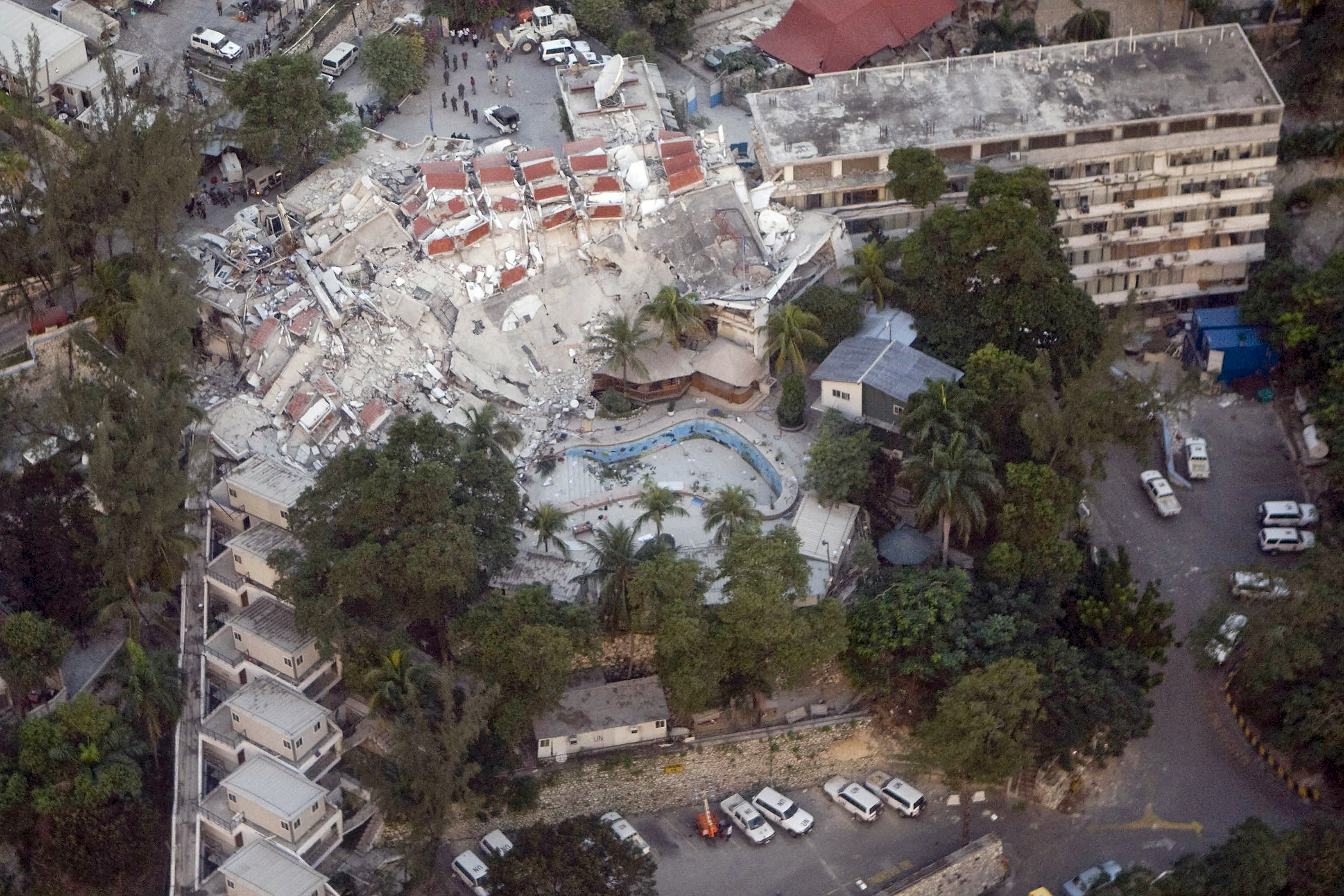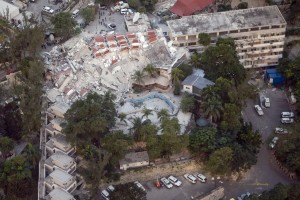Social justice or a social trend?

The recent earthquakes in Nepal sprung a rise of social action, but have been quickly forgotten

Last month, tragedy shook the earth when the Nepal earthquake on April 25 deteriorated the lives of more than eight million people — including those affected by the chain-reaction of avalanches and aftershocks, with another earthquake just last week. According to recent reports, the 7.8 magnitude-hit resulted in the death of 4,200 victims in Nepal, with more bodies being found every day. Reports claim that the estimated infrastructure damage can add up to $100 billion, with economic losses potentially exceeding the gross domestic product of the country.
Unsurprisingly, the tragedy sprung a rise of global action, through 24-hour news cycles, storms of rescue groups, medical supply deliveries, emergency effort donations and, perhaps most significantly, the heroic use of social media.
Facebook and Twitter played a large role in uncovering survivors and giving victims a basis of support and community assistance. Over seven million people used Facebook’s Safety Check (an emergency check-in feature) to inform their friends and family of their wellbeing following the disaster. Celebrities tweeted their prayers and condolences for the victims, dominating the Internet with numerous photos of Nepal’s destruction and links to non-government organization donation sites.
Journalists from all over the world expressed the catastrophic wreckage in articles and video clips, sharing awareness and inspiring others to take action. Simply put, the digital global village became a driving force of social justice. But how much longer does Nepal have until their devastated lives begin to fade within the spotlight of worldwide attention? The truth is, the tragedy’s buzz is already fading.
As most of us know, this is not the first natural disaster where the interconnected world has joined forces for the greater good. Some former tragedies include the 2008 quake in China, the 2011 floods in Thailand and Hurricane Sandy in 2012 in the United States.
These disasters were detrimental, but led to various eruptions of charitable action. Unfortunately, these eruptions were short lived.
Perhaps the best example is the 2010 Haiti earthquake. This 7.0 magnitude hit killed more than 160,000 people and destroyed the homes of close to 1.5 million. The damage inspired collaborative efforts (much like Nepal), including 24-hour news reports, celebrity fundraising movements, social media outbursts and countless volunteer initiatives.
Canada launched an organization called Young Artists for Haiti, where more than fifty famous singers such as Drake, Nelly Furtado, Sam Roberts and Justin Bieber joined together to produce a song called “Wavin’ Flag,” to raise money aimed towards Haiti’s infrastructure repairs.
The terrors of Haiti seemed to be the main story CNN would cover for almost a month. For a while, Haiti was the center of everyone’s attention. But, much like the earthquakes, the floods and the hurricanes before it, big news is eventually forgotten in the rubble.
It’s hard to believe that during the last half decade after Haiti’s devastation, there have been only a few reports on the country’s current conditions. Many of the collaborative initiatives detached from the cause and thousands of Haitians are still sleeping in flimsy tents with limited clean water and medical supplies.
According to an article in TIME Magazine, the conditions are worse now than ever. Within the last few years, NGOs have halted involvement, and creditors stopped investing in building restoration. Haitians are living in a graveyard of pollution, disease, starvation and thirst, but it seems that the lightning-speed world is too far forward to look five years behind.
In Nepal, tourism contributes to around five per cent of the GDP. Considering the disaster destroyed the majority of iconic sites and landmarks — in other words, the fundamental tourist attractions — Nepal will ultimately enter new levels of economic devastation in the next years to come. But will NGO and collaborative initiatives still be around to help? Or will social justice in Nepal just be another passing trend?
Nepal’s quake, with a magnitude eight decimal points higher than Haiti’s, attracted media attention for a shorter amount of time than the 2010 travesty. As hundreds of people scurry for shelter after having their homes destroyed, society recently seemed more concerned with who’s going to win the Mayweather vs. Pacquiao boxing fight and the birth of the royal baby.
Unfortunately, new news will continue to replace the old. That’s just how the world is. But let’s just hope that even after the media hype is over, the victims of disaster will continue to receive the support they need.

